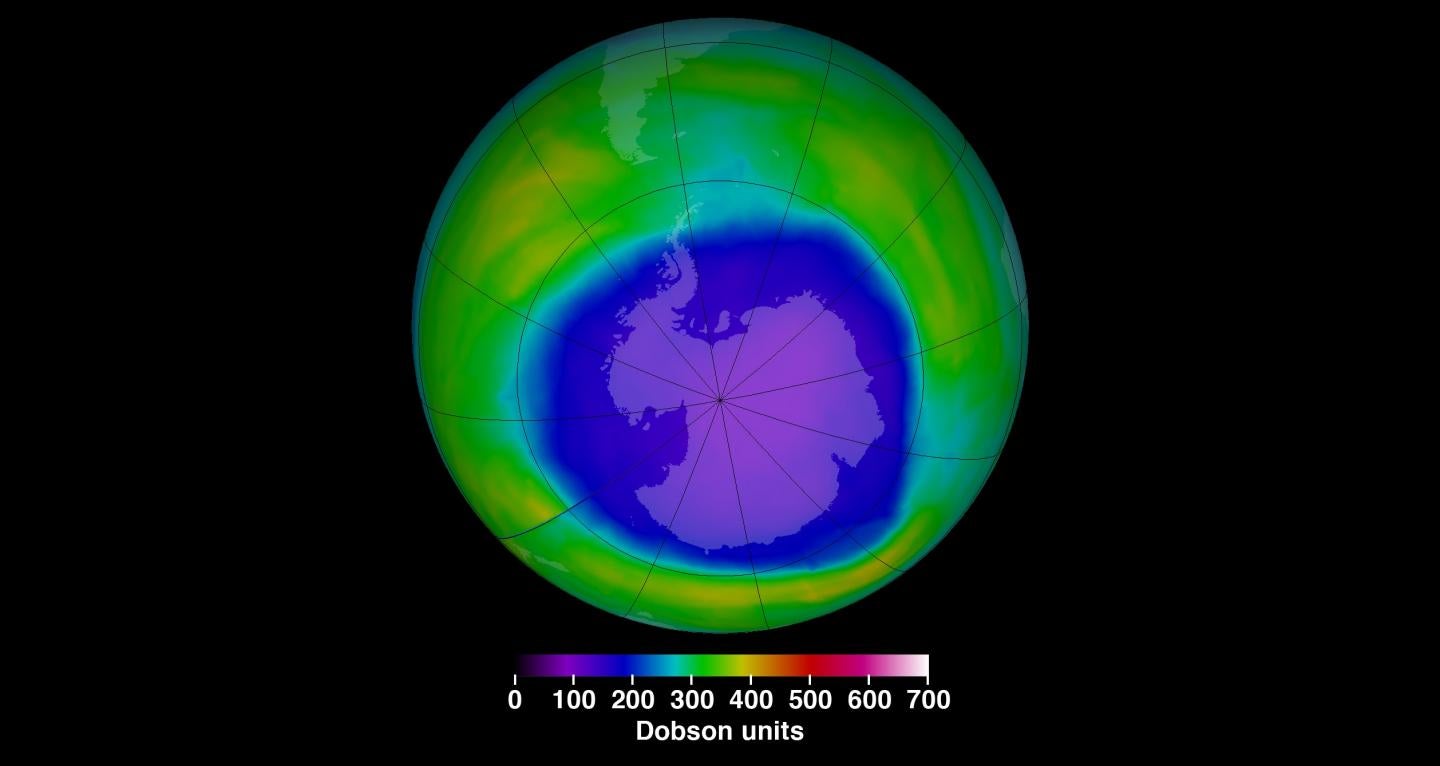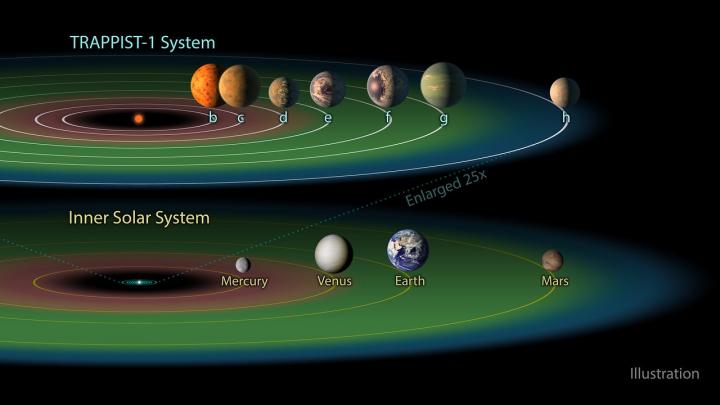Nasa’s new space telescope might detect alien civilisations – if they’re out there – by air pollution
Artificial atmospheric constituents could use ‘technosignatures’, indicating presence of advanced technology

As Nasa’s James Webb Space Telescope begins its operations to unravel secrets of the cosmos, astronomers have said there is a likelihood the powerful telescope might detect alien life or even signs of advanced extraterrestrial civilisation on planets outside the Solar System – if they exist.
Astrobiologists, including those from Nasa and the Pennsylvania State University in the US, said the potential of the James Webb Space Telescope (JWST) to detect habitability markers as well as atmospheric and surface signatures of life on other planets may help find alien life on exoplanets.
The JWST was put in orbit earlier this year.
In a yet-to-be peer-reviewed study, posted earlier this month in the preprint server ArXiv, they said that with the right settings on the powerful telescope, astronomers may even be able to detect signs of chemical chlorofluorocarbons (CFCs) – a potential sign that a planet is inhabited by an advanced alien civilisation.
Although on Earth these ozone-depleting chemicals have been banned by most countries, they have persisted due to their long lifetimes in the outermost layers of the planet’s atmosphere, and their presence is a “direct result of technology”, scientists argued.
They believe these artificial atmospheric constituents could indicate the presence of advanced technology and act as “technosignatures” in the search for alien life.
“Biosignatures refer generally to any remotely detectable evidence of life, while ‘technosignatures’ specifically describe observational evidence of technology that could be detected through astronomical means,” the scientists wrote in the study.
“Technosignatures are a logical continuation of the search for biosignatures, both of which draw upon the history of life and technology on Earth as examples of planetary evolution,” they explained.
However, scientists said that the methods of identifying and classifying technosignatures, and developing cost-efficient ways to search for them, are currently in a state of infancy.
While astrobiologists have theorised the application of several classes of technosignatures in the search for advanced alien life, including lighting at night, waste heat (from industries and homes), and artificial megastructures, they said industrial pollution could be promising chemical constituents to look for in exoplanets with potential to host alien life.
“One example is nitrogen dioxide (NO2), which has large sources on Earth from combustion that are greater than non-anthropogenic sources,” the scientists explained.
They said LUVOIR, or Large Ultraviolet Optical Infrared Surveyor, a space telescope concept being developed by Nasa for the future, could potentially detect NO2 in exoplanets.
Researchers added that CFCs can also be potential technosignatures indicative of “ongoing industrial processes”.

However, scientists conceded that there were several limitations to JWST’s ability to find CFCs in other planets.
Primarily, planets hosting alien life, researchers said, should be present within its star’s Goldilocks zone where the temperature and other factors would be just right to sustain liquid water. But if this planet’s star is too bright, it may also drown out the technosignature, the study noted.
Scientists said the chances of success may be high if JWST looks at M-class stars – dim, long-lived red dwarfs – such as the nearby TRAPPIST-1, which is about 40 light-years away with several Earth-sized planets orbiting in its habitable zone.
M-class stars, experts cautioned, may not be always conducive to life since they can be unstable, sending out powerful solar flares when they are young, but if they slow down as they age, their Goldilocks zones may be more habitable.
“In summary, the absorption features of CFC-11 and CFC-12 could potentially be detectable by upcoming missions such as JWST,” scientists said, adding that the new findings and the study’s methodology may help further in determining observability thresholds for detecting specific technosignatures on other planets.
“We find that with the launch of JWST, humanity may be approaching the cusp of being able to detect passive atmospheric technosignatures equal in strength to its own around the nearest stars,” they concluded.
Join our commenting forum
Join thought-provoking conversations, follow other Independent readers and see their replies
Comments
Bookmark popover
Removed from bookmarks